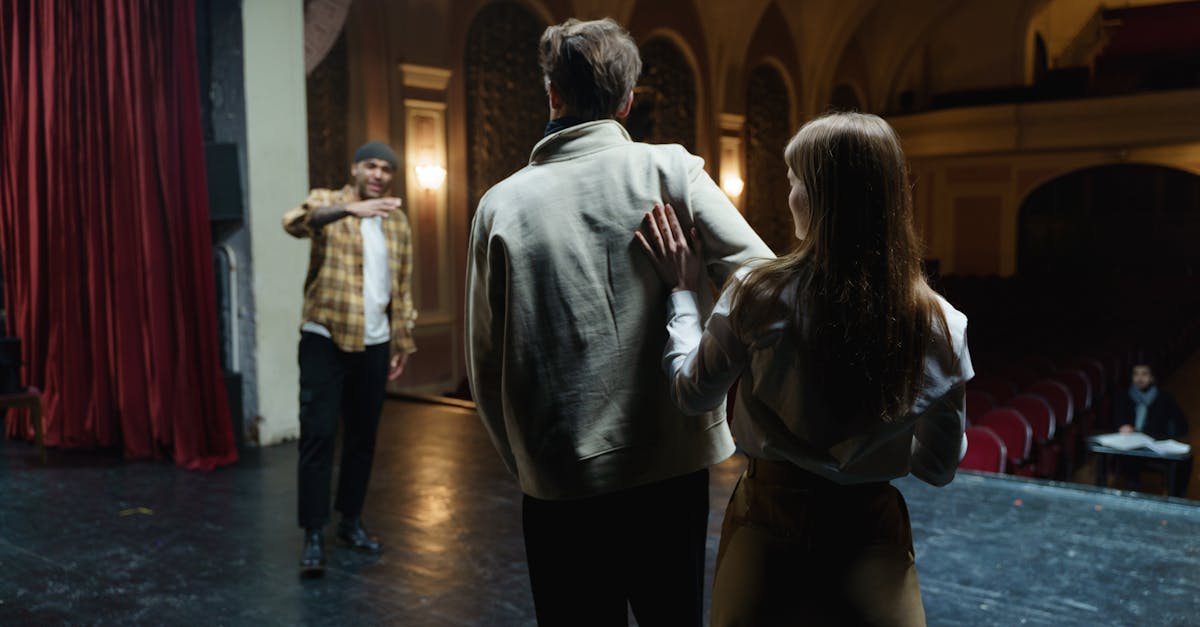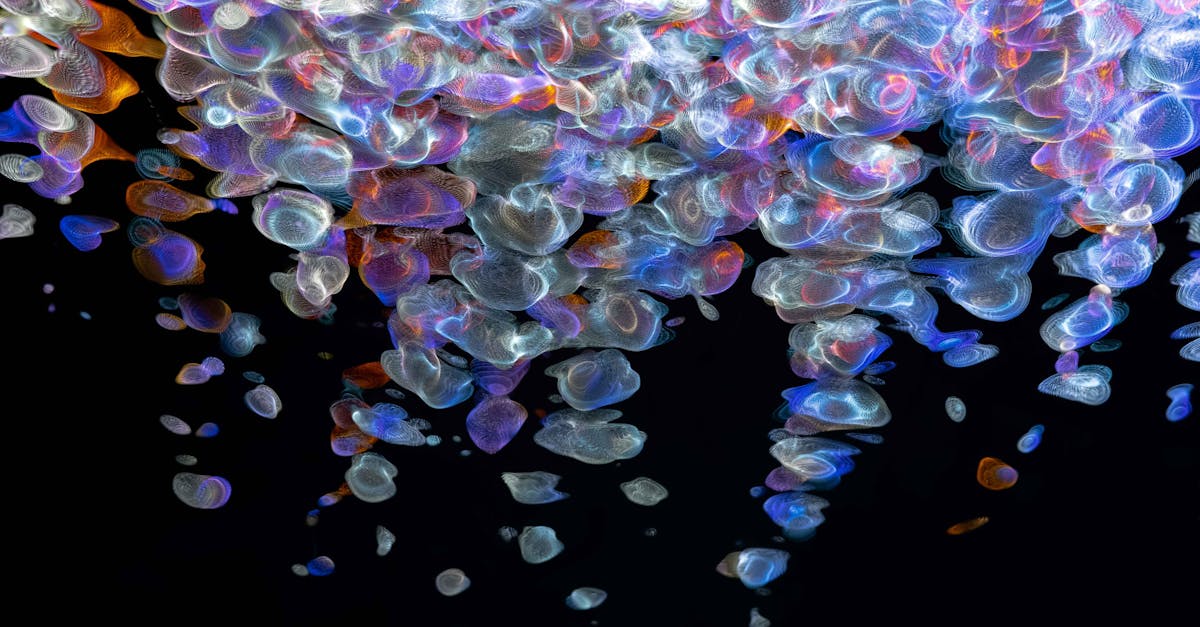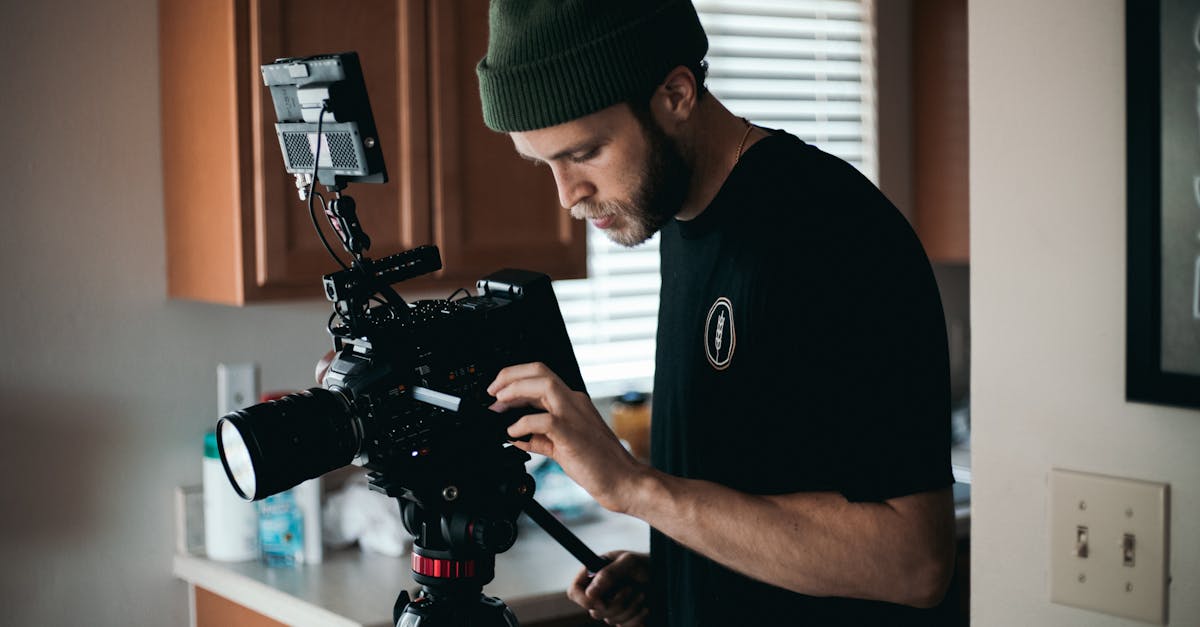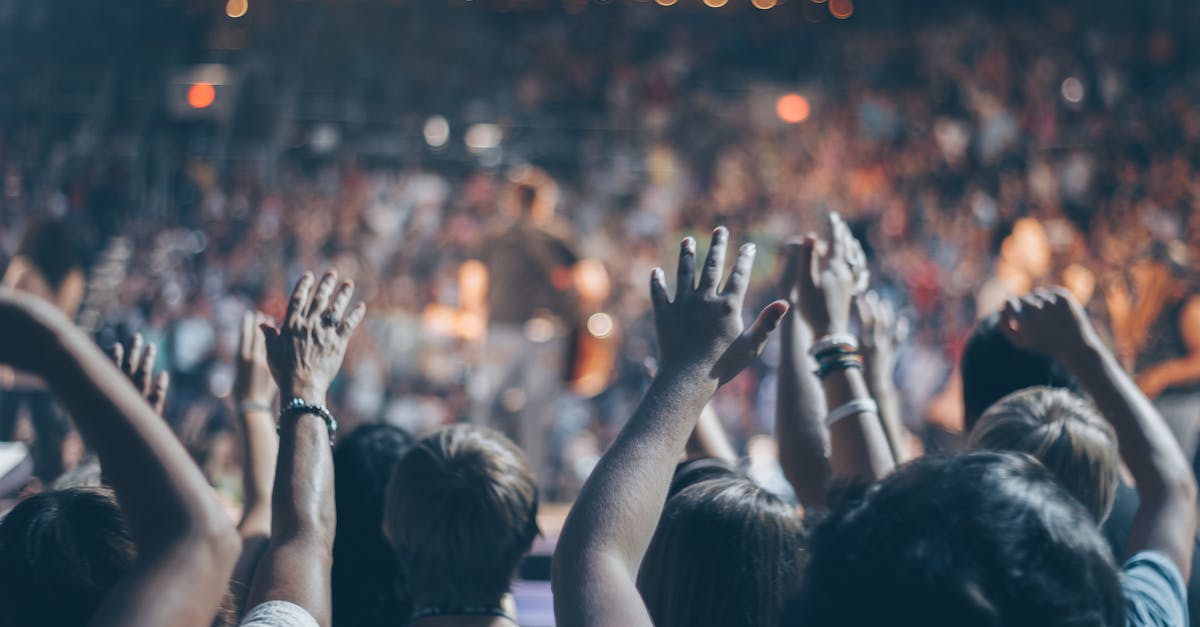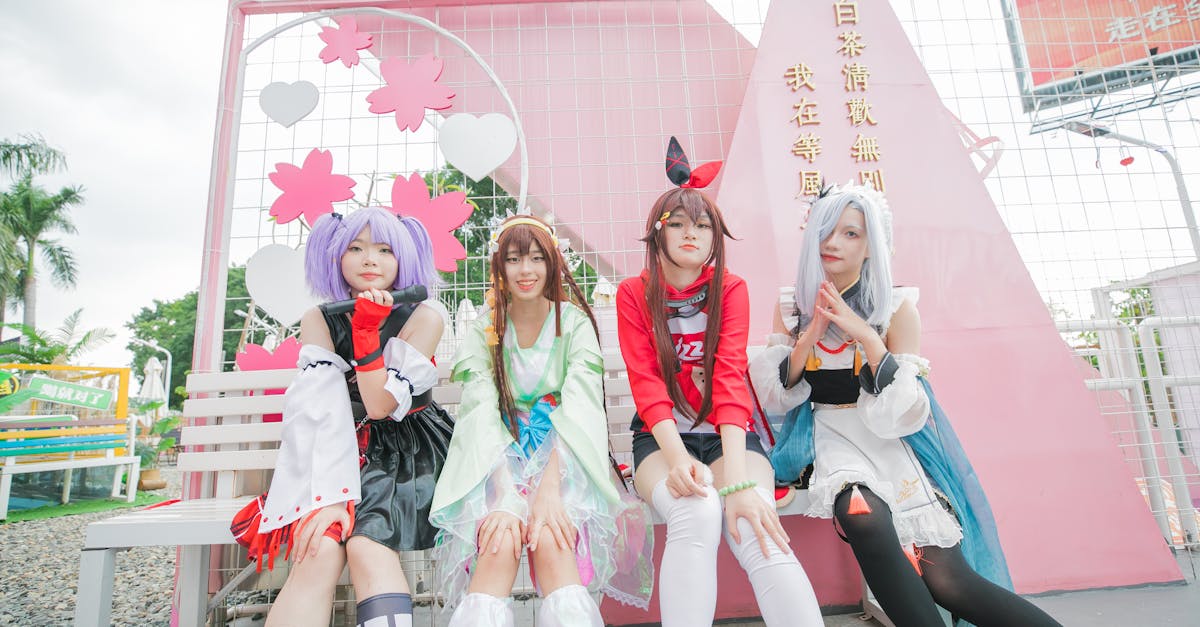The Next Wave in Arts Entertainment
Introduction
In recent years, the landscape of arts entertainment has been vastly transformed by technology and innovation. With the infusion of digital tools and platforms, traditional art forms are taking new, exciting directions. Artists from diverse backgrounds now integrate technology with their creative vision, resulting in rich, interactive experiences for audiences. The synergy between technology and art has birthed exciting trends, pushing boundaries and redefining artistic narratives. As this wave sweeps over the entertainment industry, it beckons the question: What is driving these changes? And more importantly, what does the future hold for arts entertainment?
Advertisement
Virtual Reality Artistic Worlds
Virtual reality (VR) has opened new vistas in the arts, allowing artists to create immersive worlds that transcend physical boundaries. Audiences no longer merely observe art; they can now step inside it and interact in a multi-dimensional space. This transformative technology has given birth to virtual museums, where famous artworks and installations can be accessed by anyone with a VR headset. Digital artists like DADA.art have leveraged VR to create collaborative, digital canvases that invite global participation. Such developments are reshaping how art is consumed, offering experiences that are as engaging as they are enlightening.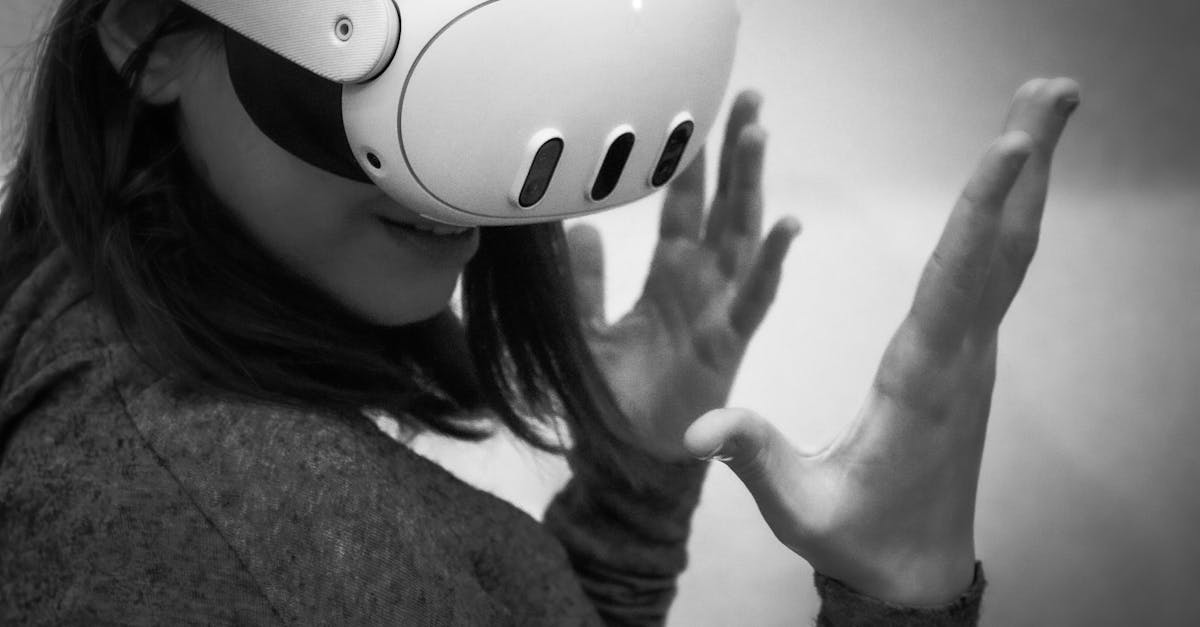
Advertisement
Augmented Reality Enhancements
Augmented reality (AR) offers another layer by blending physical environments with digital enhancements. This technology makes art more accessible and interactive, inviting audiences to explore augmented layers over physical artworks. Street artists employ AR apps to animate murals, while museums utilize AR to enrich traditional exhibits with historical reenactments or behind-the-scenes narratives. Applications like Google Arts & Culture allow users to visualize famous artworks in their own living space, making art appreciation more personal and dynamic. With AR's potential for storytelling and education, the possibilities seem endless.
Advertisement
Artificial Intelligence in Art Creation
Artificial intelligence (AI) is not only reshaping processes within the business world but also infiltrating the realm of creativity. AI systems like DeepArt or Google's DeepDream are collaborating with artists to create unique pieces, raising questions about creativity and authorship. These tools assist in pattern recognition, enhancing creative workflows by generating ideas and stylistic variations. AI has also been applied in music, helping composers experiment with new soundscapes and compositions. While AI's role in art remains a matter of debate, its capacities for augmenting human creativity are undeniable.
Advertisement
Non-Fungible Tokens and the Art Market
NFTs, or non-fungible tokens, have revolutionized the way art is bought and sold, offering opportunities for artists and collectors alike. As digital assets, NFTs offer security through blockchain, allowing artists greater control over their works. Platforms like OpenSea have facilitated new ways for artists to monetize digital creations while fostering a new digital marketplace. The NFT boom has sparked discussions on the value of digital art and its place in traditional art circles. While opinions vary, NFTs represent a significant shift in how art is consumed and collected, ensuring artists receive ongoing royalties.
Advertisement
Interactive Experiences and Live Art
The line between art and audience is becoming blurred with the rise of interactive experiences. Performances now encourage participation, allowing audiences to influence narratives in real-time. Light installations like "The Wave" in Singapore thrive on audience interaction, creating unique experiences with each iteration. Interactive theatrical productions invite viewers to engage on a deeper level, transforming passive spectators into active participants. These live art experiences are redefining the role of audiences, ensuring constant engagement and turning moments into unforgettable memories.
Advertisement
Collaboration and Cross-Disciplinary Projects
Art is no longer confined to its traditional boundaries, with cross-disciplinary collaborations becoming increasingly prevalent. Artists are joining forces with fields such as science, technology, and even gastronomy to create multi-sensory experiences. Projects like "The Crossmodalists" fuse music, culinary arts, and technology, resulting in performances that stimulate all senses. This partnership breeds innovation, fostering creativity that is both forward-thinking and holistic. Such collaborations underscore a growing trend toward interconnectivity, challenging the perception of art as an isolated discipline.
Advertisement
Challenges and Concerns
While technology brings unprecedented opportunities, it also introduces new challenges. The rise of digital art creates debates about authenticity and preservation, questioning the longevity of digitally-native works. Artists express concerns regarding the digital divide, where not all individuals have equal access to technology. This inequity can hinder widespread participation in the digital arts landscape. Additionally, ethical considerations surface around AI and creativity, questioning the moral implications and the future role of human artists. Despite these challenges, the benefits of tech-driven art often outweigh the concerns, offering hope for a more inclusive future.
Advertisement
The Future of Arts Entertainment
As technology continues to evolve, the integration of digital tools within the arts will likely deepen, paving the way for newer, unexplored territories. Innovations in wearable tech and haptic feedback could produce unprecedented artistic experiences, merging physical sensations with digital realities. Growing reliance on technology also prompts discussions on preserving human-driven art, balancing tradition with advancement. In this rapidly changing world, artists and technologists will collaborate more closely, driving cultural evolution and transforming entertainment into a dialogue between the creator and audience.
Advertisement
Conclusion
In an era defined by connectivity, the next wave of arts entertainment profoundly redefines how we create, experience, and appreciate art. Innovations like VR, AR, and AI democratize creative processes, offering unprecedented access and interaction for global audiences. While challenges remain, opportunities abound for artists to explore and express themselves in ways never before thought possible. The marriage of art and technology promises a future where creativity knows no bounds, enriched by collaboration and continuous innovation. As the horizons of digital arts expand, this evolving landscape ensures that art remains a vibrant, exhilarating part of our shared human experience.
Advertisement
